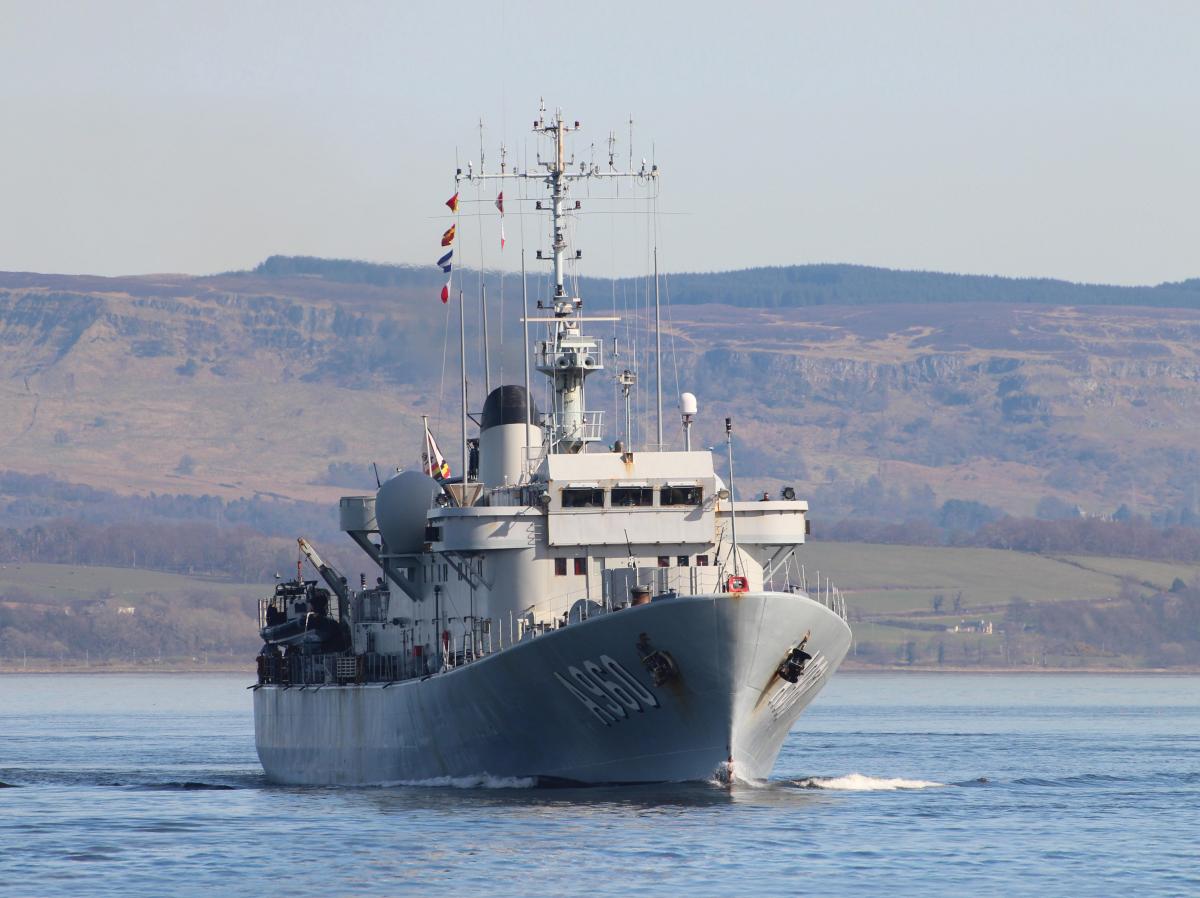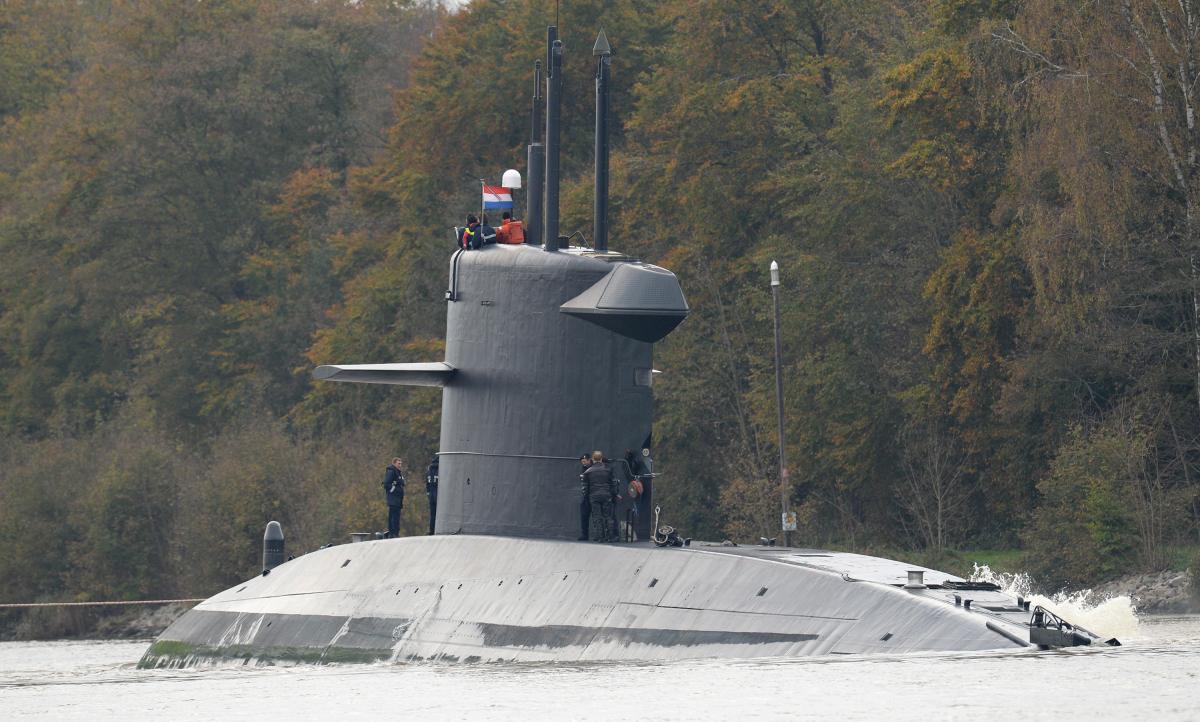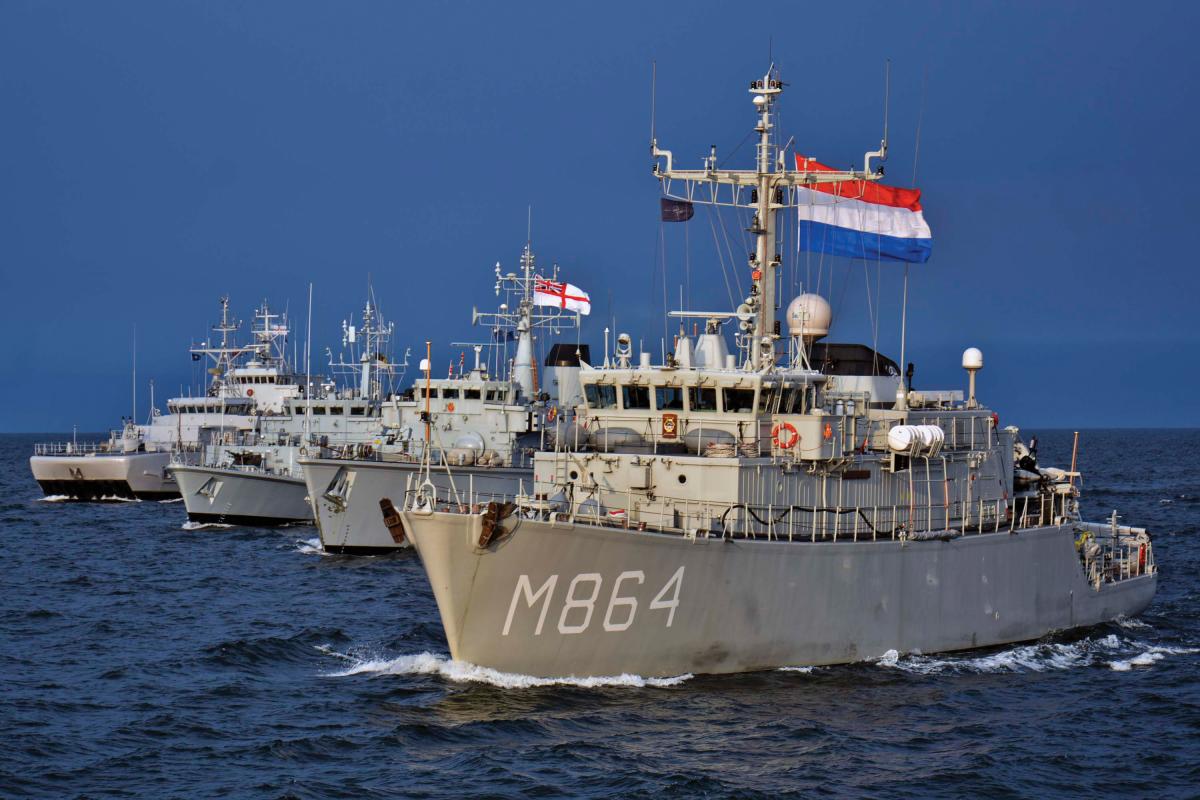A modern, balanced navy combines weapon systems and platforms that have a bigger influence together than they would as single elements. It should have some capability in all warfare areas: antisurface, antiair, antisubmarine, and mine warfare.1 Although they may have limited financial and manpower resources, small states should maintain a balanced navy to protect their sovereignty and interests at sea.
From small states’ perspectives, a balanced navy must have units and capabilities that cover the full range of conflict, from peace to war. A coastal navy should not be a scaled-down copy of a larger blue-water navy, but must be tailored to the specific conditions, roles, and tasks dictated by a state’s geographical, political, and economic situation, recognized threats, and ambitions.2 Small states can achieve this balance by considering less expensive platforms, partnering with other small states, and ensuring joint cooperation among their armed forces.
Small Navies’ Tasks
Because they may have something that bigger states want—natural resources, strategic location, their allegiance or voice and vote in the international scene—small states need to protect their territorial integrity, political sovereignty, national identity, and freedom of action.3 To that end, a small state’s navy “will rank among its most relevant peacetime instruments of power, among its most valuable pieces of diplomatic real estate,” even though its ability to exercise sea power is limited in intensity and scope.4
In general, a small state will be unable to win a war only by military means; therefore, its armed forces’ main task is not fighting, but deterrence. A small state’s navy has to put its effort into presence and situational awareness and be sufficiently armed to avoid a fait accompli if an aggressor uses force.5 Its task is to constitute a proper deterrent and force the aggressor to fire the first shot.6
For a coastal state, it is important to impose, enforce, and defend its maritime sovereignty, lest it leave a vacuum to be filled by others.7 There are multiple cases of developing countries or failed states, most notably Somalia and Libya, unable to protect their interests in their own waters. The sinking of the Soviet freighter Metallist by an unknown submarine in Narva Bay off Estonia in 1939 is another example, as are the probable incursions of Russian submarines in Swedish and Finnish waters in 2014, 2015, and 2017.
The Right Platforms and People
Modern combat systems are more powerful but also more expensive than their predecessors. This has resulted in a kind of structural disarmament: although every platform is more capable, the number of new weapon systems and platforms states can afford is constantly decreasing.8 Further, smaller states tend to cut more from defense spending in times of financial crisis. Although bigger navies also can struggle with money, personnel, and equipment, small navies have less resilience, and every cut can have a fatal outcome. Loss of equipment and personnel to budgetary trimming can have a disproportionate impact, as they already are spread thin to perform multiple tasks. Loss of only a few units can undercut an entire capability.9
Reducing the number of platforms also can increase small navies’ personnel problems. It may become difficult for sailors to gain command experience and sufficient sea time in a navy with few ships. And because responsibility for major naval domains frequently will rest with a small cohort of personnel or even a single individual, their retirement or departure from service can mean the loss of important knowledge. This also can mean fewer people with the necessary professional experience to help to shape policy at the national level.10
Because of their specific tasks, small-state navies should seek quantity over quality—prioritize higher quantities of cheaper platforms over only a few expensive platforms. Buying cheaper equipment “off the shelf” or secondhand may be viable strategies. However, cheaper solutions may be suboptimal for local geographical conditions or for some navies.
Overcoming Resource Challenges
Some have suggested that a naval fleet is unaffordable for a small state and it should instead use coastal radar stations, land-based antiship missile batteries, or air assets to cover its sea area. Yet, at least for the time being, it is difficult to identify, stop, or control a ship at sea without leaving the shore. Although it may seem cost effective to invest in a large number of infantry instead of a few ships, neglecting the maritime domain could cause severe problems for a coastal state.
If the role of navies is projection, small navies could use a collaborative strategy: cooperating with bigger navies by providing some niche capabilities.11 From the U.S. or NATO perspective, specialization may be appealing, as small, balanced navies cannot build a capable striking force. On the other hand, such focus can evolve to niche navies: very capable and interoperable in some areas, but lacking capabilities and knowledge in other areas. Such navies are unable to provide credible deterrence and even in peacetime can get into situations where they do not have the capacity to respond to a variety of challenges in their own waters. A state without sufficient maritime capability would have little chance to influence operations in its own or adjacent waters, even in the context of an alliance. To avoid degenerating into a mere client of a larger naval power, a coastal state has to retain a spread of naval capabilities.12
Nonetheless, interstate cooperation may be the best way to make balanced navies possible for small states, as it enables economy in procurement, training, and maintenance. The cooperation between the Netherlands and Belgian navies provides a good example. Under command of the Admiral Benelux and in close cooperation in terms of training and maintenance, they have become essentially one fleet. From the 1990s until the early 2000s, the Baltic states’ navies cooperated very closely with the Baltic Naval Squadron (BALTRON) and training and maintenance centers, but this cooperation steadily has decreased. Although the Baltic states generally do not cooperate in military procurements, recently the commander of the Estonian Navy proposed “BALTRON 2.0.” Since all Baltic states’ navies need new vessels by 2030, they could procure similar platforms while also allowing each state to choose a different warfare specialty. This would allow a combined fleet, capable for all warfare areas, to emerge.
Jointness—cooperation, understanding, and mutual support among a state’s armed forces and other agencies—is another way to trim costs and enhance capabilities. In the maritime domain, especially for a small state, there is no clear difference between internal and external security. Therefore, it may be advisable to merge the navy and coast guard, or at least to initiate close cooperation with a common command structure, situational awareness, training system, and logistical base.13
Need for a Balanced Navy
Small-state navies must be purpose-built and have limited capabilities in all warfare areas by buying more less-expensive platforms and fewer costly ones. Although small states face special challenges, abolishing a navy or degrading it to a niche navy are not viable alternatives. Inter- and intrastate cooperation could make a balanced navy affordable for a small state. Combining armed services or increasing cooperation also could decrease costs and increase impact. To protect their sovereignty and interests at sea, small states need navies capable of providing presence in their territorial seas and functioning as a tripwire for definite force. A balanced navy is the best tool for this purpose.
1. Jaan Murumets, “Estonian Maritime Security,” Estonia National Defence College Occasional Papers 5 (2016): 13.
2. Jacob Børresen, “Coastal Power: The Sea Power of the Coastal State and the Management of Maritime Resources,” in Rolf Hobson and Tom Kristiansen, eds., Navies in Northern Waters 1721–2000 (London: Frank Cass, 2004): 253–63.
3. Alyson J. K. Bailes, Jean-Marc Rickli, and Baldur Thorhallsson, “Small States, Survival and Strategy” in Clive Archer, Alison J. K. Bailes, and Anders Wivel, eds., Small States and International Security (London & New York: Routledge, 2014): 26.
4. Børresen, “Coastal Power,” 250–51, 273–74.
5. Murumets, “Estonian Maritime Security,” 12.
6. Børresen, “Coastal Power,” 253.
7. Ott Laanemets, “The Analysis of Functions of Estonian Maritime Forces and Related Ship Types,” Estonian Maritime Defence Research Occasional Papers 3 (Tartu: Eesti Ülikoolide Kirjastus, 2015): 155.
8. Bernard Loo, Military Transformation and Strategy: Revolution in Military Affairs and Small States (London & New York: Routledge, 2009), 6.
9. Michael Mulqueen and Terry Warburton, “Transforming Small Navies by Systematic Innovation: A Framework for Productivity, Efficiency and Effectiveness,” in Michael Mulqueen, Deborah Sanders, and Ian Speller, eds, Small Navies. Strategy and Policy for Small Navies in War and Peace (Dorchester: Ashgate Publishing Company, 2014), 55.
10. Geoffrey Till, “Are Small Navies Different?” in Michael Mulqueen, Deborah Sanders, and Ian Speller, eds., Small Navies. Strategy and Policy for Small Navies in War and Peace (Dorchester: Ashgate Publishing Company, 2014), 23–24.
11. Geoffrey Till, Seapower: A Guide to the Twenty-First Century, revised and updated third edition (New York: Routledge, 2013): 29, 41.
12. Børresen, “Coastal Power,” 256–57.
13. Murumets, “Estonian Maritime Security,” 5.





